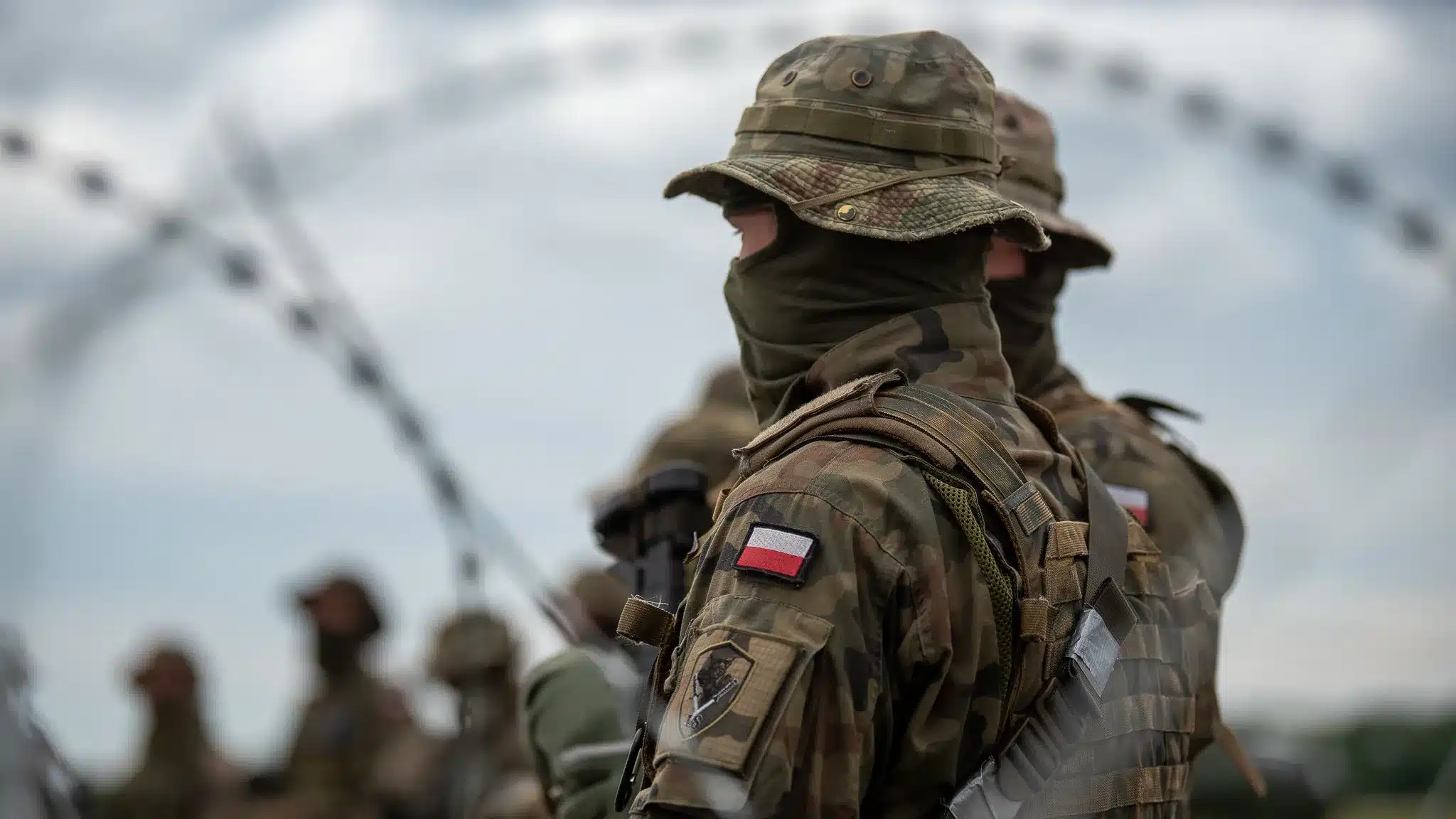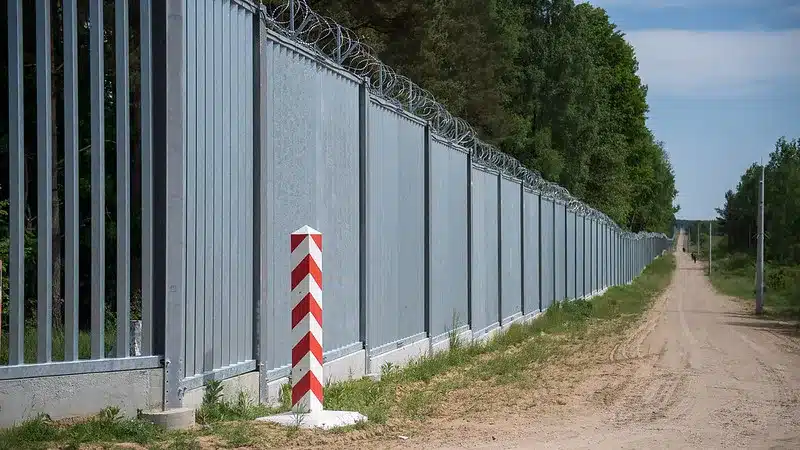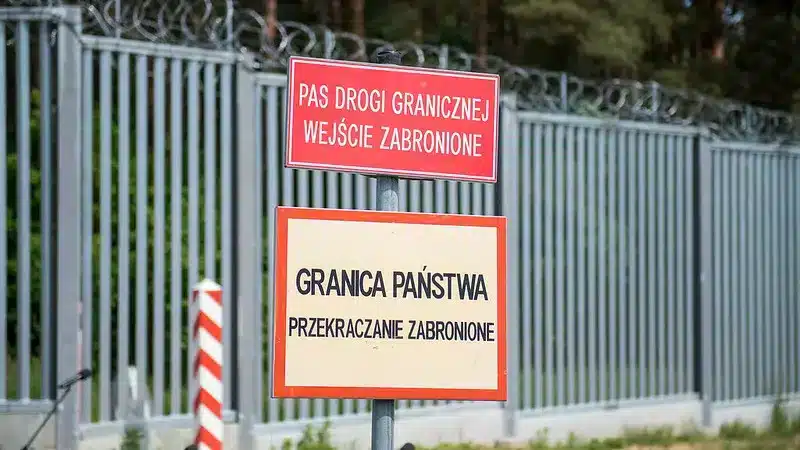From June 13, 2024, a buffer zone has been enforced on the Polish-Belarusian border with the aim of enhancing security and limiting illegal immigration. This initiative, which was a response to the increasing challenges associated with illegal border crossings, has yielded tangible results. After 70 days since the zone’s establishment, a significant decrease in the number of illegal border crossing attempts has been noticed, confirming the effectiveness of the actions taken.
Significant decrease in illegal border crossing attempts
Since introducing the buffer zone, the number of attempts to illegally cross the Polish-Belarusian border has fallen by almost 70%. From June 13 to August 20, 2024, 4,276 such attempts were recorded. By comparison, in a similar period before the zone was introduced, from April 5 to June 12, there were over 13,675 such incidents. Such a decrease shows that the security measures introduced, including a stronger presence of border services, significantly reduced the number of illegal border crossing attempts.
Support from services and the military crucial for the effectiveness of the zone
The effectiveness of the buffer zone can be attributed not only to Border Guard officers but also to the police and soldiers from the Polish Army. Over 2,000 officers serve in the Border Guard Department of Podlasie, supported by colleagues from other departments and training centers. A significant role is also played by the police – since June 13, over 17,000 police officers have been involved in securing the eastern border of Poland. The police not only conduct preventative patrols but also organize training for the Border Guard and the army.
Equally important support is provided by the armed forces. Currently, around 5,500 soldiers are stationed in the area bordering Belarus, and 17,000 soldiers have already participated on rotation in the “Safe Podlasie” operation. Units from the 18th Mechanized Division, the General Command of the Types of Armed Forces, the Military Police, the Territorial Defense Forces, and the Support Inspectorate of the Armed Forces are all involved in these operations.
Securing the border: Infrastructure and surveillance
 Introducing the buffer zone involves not only personnel actions but also proper securing of the border infrastructure. A steel barrier, measuring 5.5 meters in height, stretches along 186 kilometers of the border with Belarus. Built in 2022, it is complemented by an electronic barrier, operating along 206 kilometers, comprising of a system of cameras and sensors. Both aspects form the main line of defense against illegal immigration. For further enhancement of this protection, the Border Guard has signed agreements for the installation of additional cameras and lighting.
Introducing the buffer zone involves not only personnel actions but also proper securing of the border infrastructure. A steel barrier, measuring 5.5 meters in height, stretches along 186 kilometers of the border with Belarus. Built in 2022, it is complemented by an electronic barrier, operating along 206 kilometers, comprising of a system of cameras and sensors. Both aspects form the main line of defense against illegal immigration. For further enhancement of this protection, the Border Guard has signed agreements for the installation of additional cameras and lighting.
Additionally, the Border Guard has issued 148 permits to stay in the buffer zone, 97 of which were for media representatives. The majority of permits were issued for the areas in Białowieża, Dubicze Cerkiewne, Czeremcha, and Narewka.
Summary
After 70 days of operating the buffer zone on the Polish-Belarusian border, it can be clearly stated that this was an effective and necessary decision. Thanks to the joint efforts of the Border Guard, Police, and Polish Army, the number of illegal border crossing attempts has been significantly reduced, evidencing the effectiveness of the measures taken. However, despite the success achieved so far, there is still a need for ongoing vigilance and strengthening cooperation among all the involved services to ensure complete border security.
Source: https://managerplus.pl/granica-pod-kontrola-bilans-70-dni-strefy-buforowej-na-granicy-polsko-bialoruskiej-62819
